Standard Baby Bed Size
Sizes of beds for newborns
-
Cradle
A baby who has just been born must have a separate bed. At the age of 6 months, a newborn can sleep in a cradle - a crib resembling a pram. Psychologists say that newborns behave more calmly and sleep better if they are surrounded on all sides by soft tissue - they get a kind of cocoon in which they feel protected, as in a mother’s womb.
The berth in the cradle for the newborn has a size of about 80x40 cm, slight deviations are possible. The design may be different, providing for the possibility of motion sickness or stationary, the support is on wheels or suspended. Transformer models are also produced that can be adapted for various purposes. Often, cradles for newborns are equipped with additional devices - lights, music mobiles.
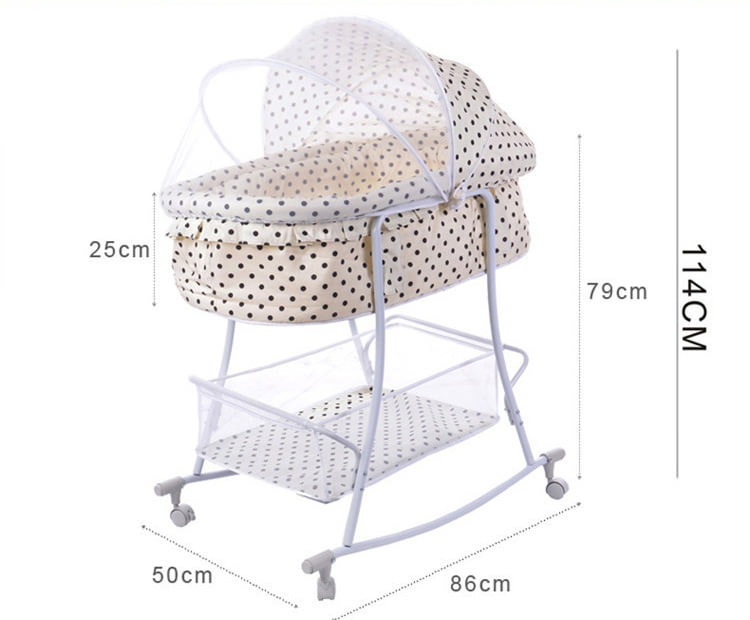
-
Standard bed for newborns
The child grows quickly, therefore, as a rule, a bed for him is bought "for growth." At an early age, rather specific requirements are imposed on it - it is necessary that the crib has sides, so that the newborn does not fall. After six months, the first cradle is usually replaced with a crib, in which the sleeping place is surrounded by bars that protect the child from falling. In such a bed he can get up without the risk of being on the floor.
Standard berth - 120x60 cmExternal dimensions may vary by model. It is good if the side walls are removable - this will facilitate the care of the newborn. It is also useful to be able to change the height of the base under the mattress - as the baby grows, it can be lowered. The sizes of a children's bed from 3 years to five can be even more, but, as a rule, this is not necessary.
Tip: Kids love to jump in bed, holding on to the fence, that is, the bed simultaneously serves as an arena. Pay attention to the base under the mattress: it must be durable, slatted - a continuous plywood sheet will not withstand an active child.
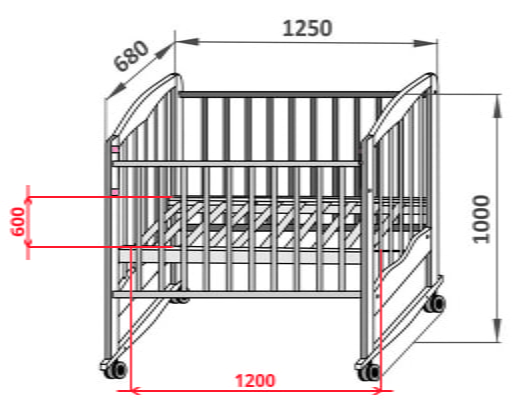
The sizes of a bed for the preschool child (from 5 years)
When a baby becomes a preschooler, bed requirements change. Enclosing slats are no longer needed, but there is a desire to sit on the bed during the day and play on it. Therefore, for children from 5 years old, the size of the children's bed becomes larger, and its design changes. The width of the berth usually reaches 70 cm, and the length can vary from 130 to 160 cm.
There are sliding models that "grow" with the child. Before reaching adolescence, that is, up to ten to eleven years, the child will have enough of such a bed. For restless children who spin in a dream, “scatter”, and sometimes stack across, it is recommended to choose a slightly larger width - for example, 80 cm.
Tip: The best material for children's furniture is solid wood: beech, oak, hornbeam. It does not leave a splinter in contact and is most safe for the child.
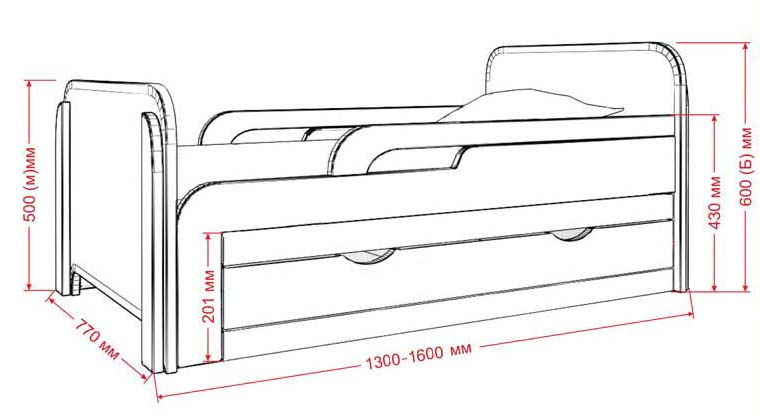
Bed sizes for teens (from 11 years old)
After 11 years, the child enters adolescence. The style and rhythm of his life is changing, guests come to his room more often, more space is needed for study and active studies.Bed requirements are also changing. The size of 180x90 cm is considered to be a teenage standard, but many parents do not see the point of buying such a bed - it will probably become small in a couple of years, and will have to purchase a new one.
Therefore, the optimal size of a teenage bed can be 200x90 cm. A full-fledged "adult" bed will not only be more convenient, but also last longer. Parents carry out the choice of bed at this age already with teenagers, following their requests. It is only necessary to ensure that the materials from which it is made are environmentally friendly, and the parts do not have sharp corners that can cause injury.
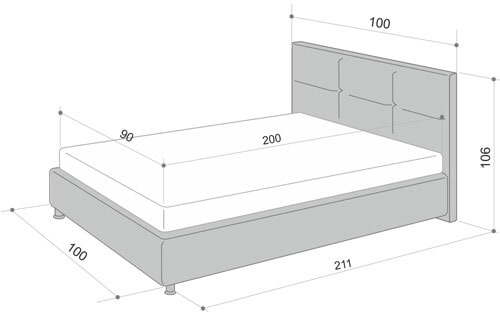
Sizes of a bunk bed for children
When there are two children in the house, and they have one room, the question arises of saving space. Consider buying a bunk bed - it will not only free up the nursery area for games, but also serve as a kind of simulator, as well as a place for games. Usually two berths are located one above the other, sometimes with a shift relative to each other. The child rises to the "second floor" along a special ladder - it can be very simple, resembling a "Swedish" wall, or more complex, with wide steps under which boxes for toys can be located.
The size of the bunk bed is affected by its shape and the presence of additional elements - shelves, drawers, storage sections. In addition, small tables are built into some models, at which schoolchildren can prepare lessons, and younger children can draw, assemble a designer or do modeling.
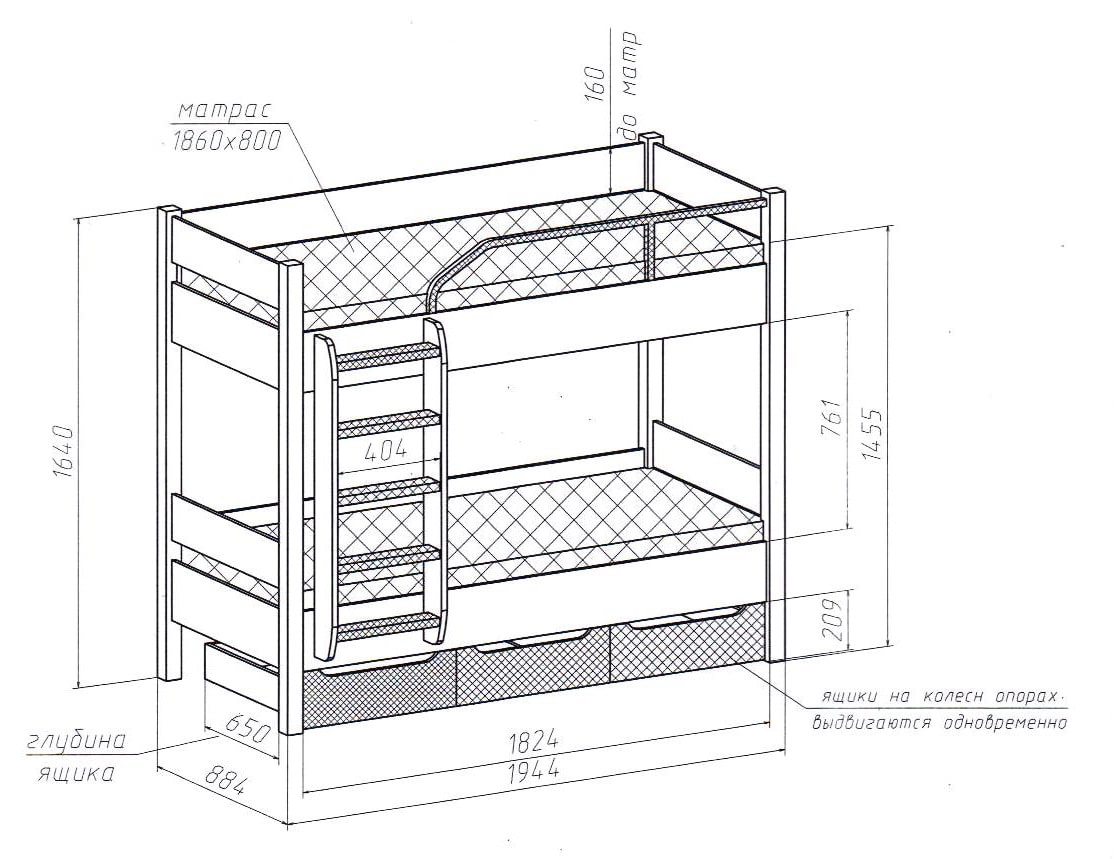
The height at which the upper berth is located is determined by the height of the ceiling - there should be enough space above the head of the child sitting on it so that it does not feel uncomfortable. Usually the standard height of a bunk children's bed ranges from 1.5 to 1.8 m. You need to choose a specific model, focusing on the height of the ceilings in the children's room.
The external dimensions of a bunk children's bed can vary quite a lot and depend on the model, for example, in width 205, height 140, depth 101 cm. The bed, as a rule, has a standard size of 200x80 or 200x90 cm. Sometimes such beds combined with jobs - this is a good option for a family in which two schoolchildren grow up. In some cases, it is advisable to arrange a bed on the "second floor" for one child. The attic bed will allow you to place an entire children's room on a small area with a place for games, study, a storage system for clothes, toys and books, as well as a night's rest. The table, wardrobe and shelves in the bunk bed are located on the "first" floor, the sleeping place is above them.
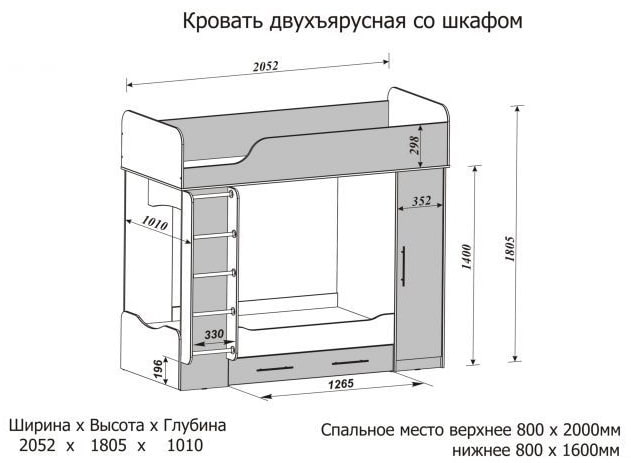
Size of baby cot
Replacing a bed for a child with a new one every two to three years is quite expensive. A transforming bed changes and grows with the child. It is quite difficult to call it a bed - because over time, from a baby cradle for a newborn, equipped with a pendulum swing mechanism, combined with drawers and cabinets for diapers, baby care products and other necessary things, this furniture turns into a separate bed for a teenager and a desk with a convenient stand.
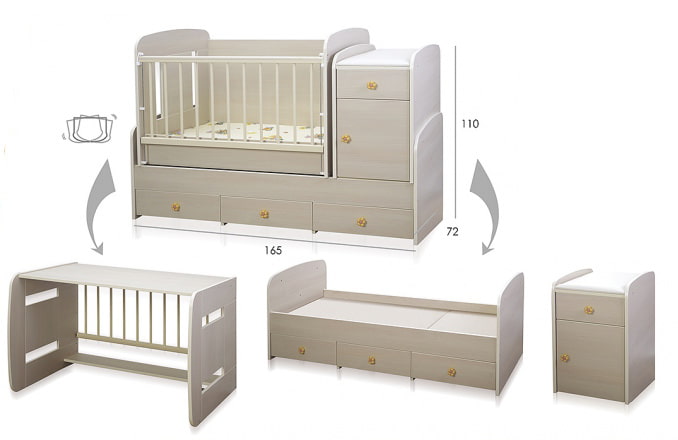
Sizes of mattresses for cots
The requirements for mattresses vary greatly depending on the age of the child. From birth to two years, the baby’s back needs support - at this time the skeletal system is very plastic, and the muscular skeleton is only forming, so the mattress should be stiff and elastic. Then you can shift the child to a medium-hard mattress. But soft ones should be avoided until the formation of the musculoskeletal system, that is, latex, latex coconut coir and their combinations.
The standard sizes of mattresses for cots, as a rule, coincide with the standard sizes of beds, but may differ, so the mattress is bought either at the same time as the bed, or after buying the last and careful measurement of the bed.
Standard mattress sizes for cots and single beds


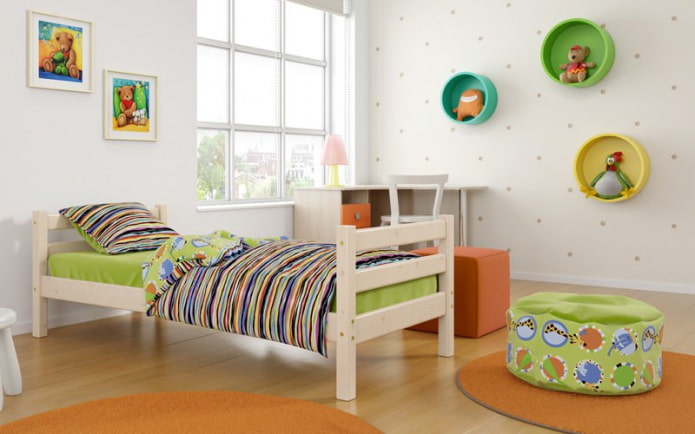

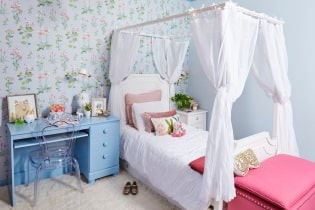 Design of a children's room for a girl
Design of a children's room for a girl Stretch ceiling in the nursery: 60 best photos and ideas
Stretch ceiling in the nursery: 60 best photos and ideas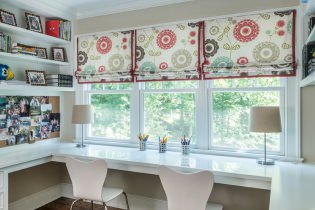 Curtains in the nursery: views, the choice of color and style, 70 photos in the interior
Curtains in the nursery: views, the choice of color and style, 70 photos in the interior The interior of a small nursery: the choice of color, style, decoration and furniture (70 photos)
The interior of a small nursery: the choice of color, style, decoration and furniture (70 photos)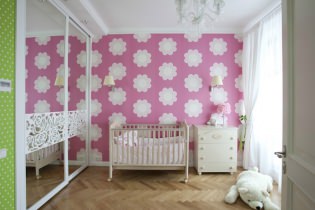 Choosing a wallpaper for a children's room: 77 modern photos and ideas
Choosing a wallpaper for a children's room: 77 modern photos and ideas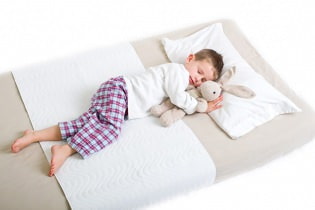 How to choose a mattress for a child from 3 years old?
How to choose a mattress for a child from 3 years old?